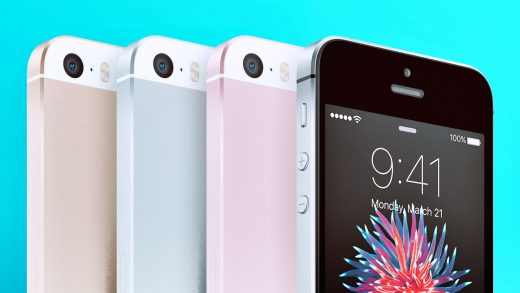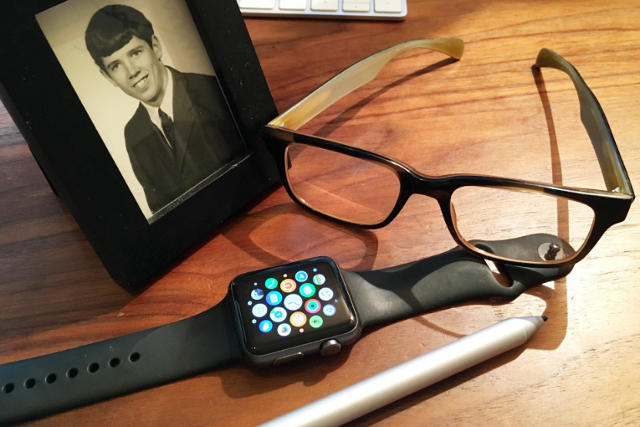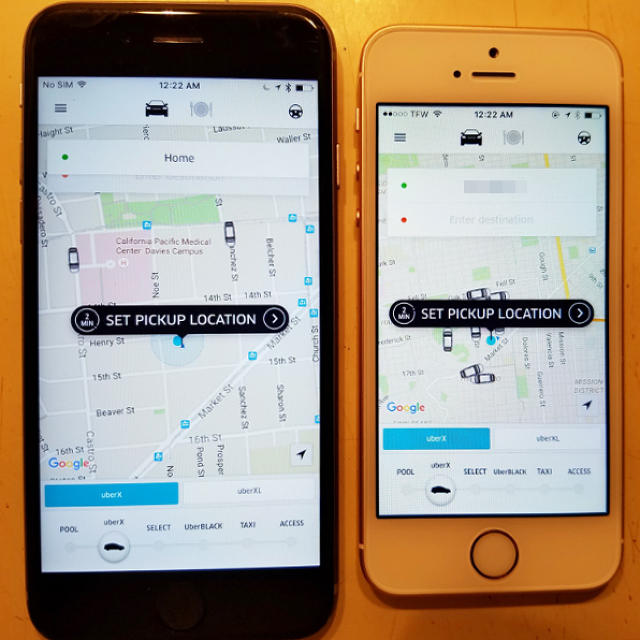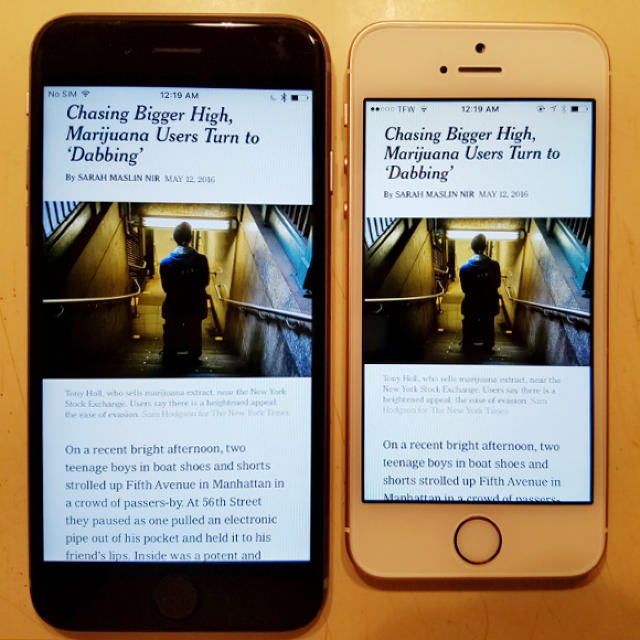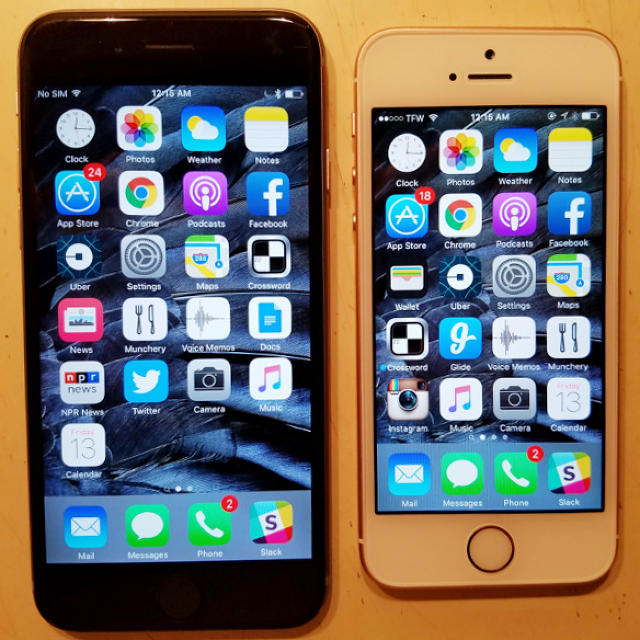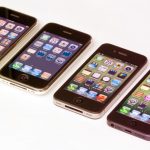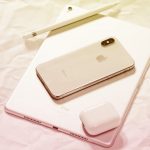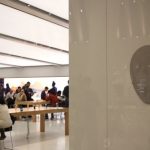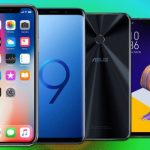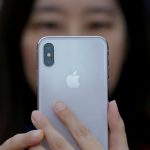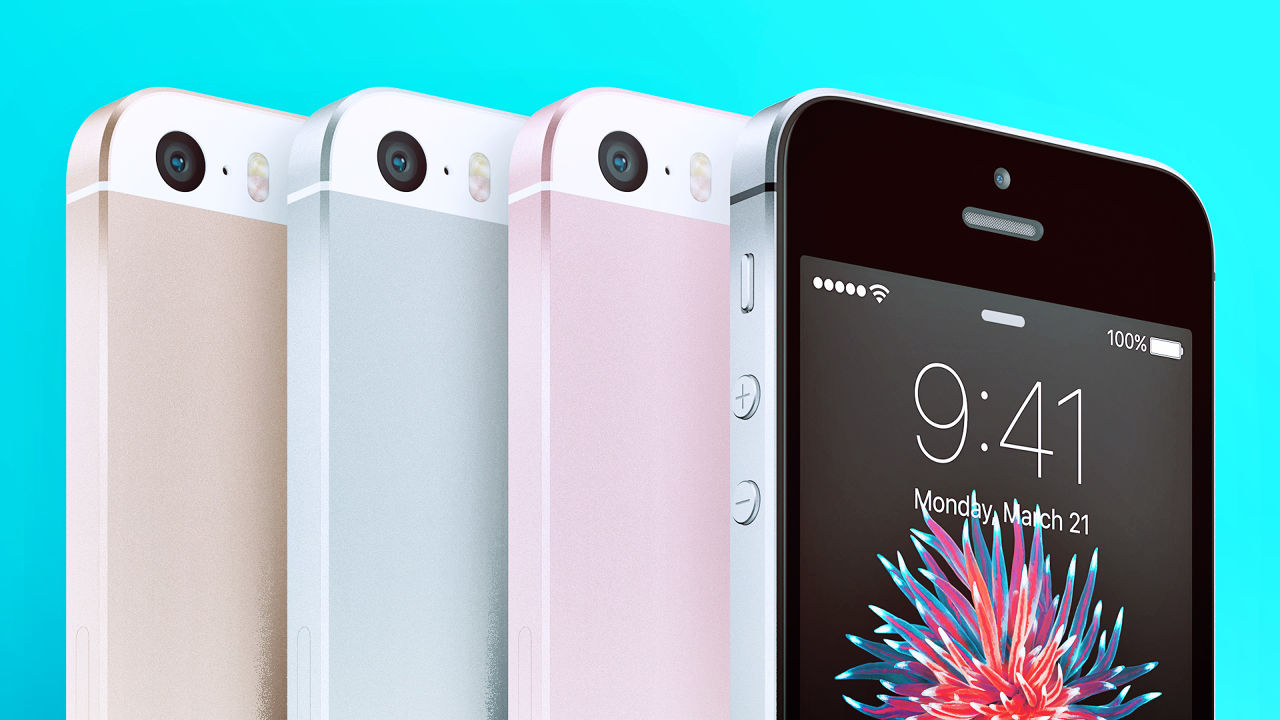Three Weeks With Apple’s iPhone SE, A Mostly Excellent Starter iPhone
Saying this might make Apple’s marketing people wail and gnash their teeth, but here goes: The company’s new iPhone SE is a value phone. And its $399 price tag might be the magic sub-$400 number that gets many would-be iPhone buyers in the door and buying Apple apps, services, and content for the first time.
The 4-inch-screened SE, which I’ve been using for three weeks, arrives at an interesting time in Apple’s history. The advent of the large-screen phone has come and gone and is no longer yielding huge buying growth spurts. There are big questions about new major leaps forward in innovation that will sell the next billion smartphones. Overall smartphone sales are down around the world as developed markets move toward saturation. And in the U.S., smartphone sales will be flat in 2016.
It’s in this context that Apple released the SE, its most affordable smartphone ever. ($399 gets you the 16GB entry-level model.) Apple says the launch was motivated by people who still like the 4-inch screen size of the iPhone 5, 5s, and 5c. Looked at through that lens, the device wasn’t treated kindly by some in the media.
“iPhone SE Review: Apple’s Outdated Innovation” snarked Forbes. “Apple iPhone SE review—too small for most people,” said the Guardian. VentureBeat’s Jordan Novet had it this way: “iPhone SE review: ‘That’s not the new one, is it?'” (Ouch.) And PhoneDog led with “iPhone SE Review: The Unwelcome Past,” which sounds something like a bad James Dean movie.
But Apple probably had more practical reasons for introducing the SE now than simply catering to small-screen enthusiasts. I’d argue that the phone is a calculated wedge into a huge untapped market of mid-range Android phone users who want to be part of Apple’s rich ecosystem of apps, services, and accessories for the first time. Doing so by releasing a smaller phone with a pre-existing body design kept design, materials, and production costs down.

The SE’s looks may be nothing new, but its components compete very, very well with similarly priced Android phones. The battery lasts much longer than the phone’s predecessor, the iPhone 5s. The A9 processor is far faster. The LED display is brighter and sharper. The touchscreen is more responsive.
You get a reasonably powerful iPhone with a hand-me-down design for under $400. Think about that. iPhones are supposed to “premium” phones. “Aspirational” phones. So the $399 price tag is a gold plated invitation, saying: “Ditch your drab mid-level Android phone. Welcome to Apple World.”
It’s not fair to compare the SE with the iPhone 6s I normally use, but I’ve not actually had many moments where I thought “God, I miss my 6s.” I’ll admit that I’ve always been a fan of the smaller iPhones, which might bias me a little bit. I like the way they feel in my hand. I like that they’re harder to drop than their larger, smooth-rounded-edge successors—especially the Plus-sized ones. I like how I can reach the whole screen with my thumb while holding the SE with one hand. Apple makes a pretty convincing argument for four inches being the ideal screen size in this iPhone 5 commercial from 2012:
When a new 4-inch iPhone was merely an intriguing rumor, I was imagining one tricked out in the rounded metal body of the iPhone 6 family. That would have been a cool-looking phone. But the iPhone 5 generation design isn’t bad; the hard edges of the phone make it more grippable and less susceptible to drops.
Important disclosure: I have never liked using my phone—even my iPhone 6s—to watch video. So yes, it’s true that watching video on my iPhone 6s is more engaging and engrossing and the image is sharper than on the SE, but I just don’t care.
The look of apps and web pages are more important. Obviously, developers and mobile web designers have for a few years now been developing for large-screened phones. App and web content looks a little bit cramped on the screen of the SE. You notice that right away when you downsize from a 6s to an SE.
-
Photo shot with an iPhone 6S
-
Photo shot with an iPhone SE
-
The iPhone 6s and SE
Some buyers in the target market for the SE will be coming from cheaper phones that have poorer displays and less responsive touch screens. So the loss in screen real estate might be partially offset by the SE’s sharp screen image and more reactive physical interface.
Viewing photos on the SE isn’t quite as fun as viewing them on the 6s, but the smaller phone’s rear-facing camera held up nicely to the bigger phone’s. You can use the SE to shoot Live Photos, which capture a second-and-a-half of frames on each side of a still capture, creating the effect of a short video.
The SE contains an NFC radio, so it does Apple Pay mobile payments, just like the iPhone 6 and 6s. This was important to me as I regularly use Apple Pay to give most of my paycheck away at Whole Foods.
The SE doesn’t support Apple’s pressure-sensitive input mode, 3D Touch, however. So you can’t press on the screen to, for example, take a photo for Facebook or begin composing an email with one tap. These little shortcuts really do save time and taps, after you get used to using them. Over time, 3D Touch’s absence on the SE might feel like a bigger omission: I expect both Apple and third-party developers like Facebook to rely more heavily on the technology in the future.
One nice surprise was the SE’s battery life. I didn’t conduct a formal life-span test, but the battery was easily making it through a day without a charge, and on at least one occasion it lasted through two full days of use.
No, I won’t be switching over to the SE from my 6s. But the big market for the SE isn’t people who currently own big-screen iPhones and might want to go smaller when they upgrade. Especially in emerging markets like China and India, the difference between the SE’s $399 starting price and the iPhone 6s’s $649 price tag might matter a lot more than the difference between their respective 4″ and 4.7″ screen sizes, thereby helping Apple to win new customers rather than losing them forever to Android. And that could make this small phone a big deal.
Related Video: The History of Apple in under 3 minutes
Fast Company , Read Full Story
(38)

